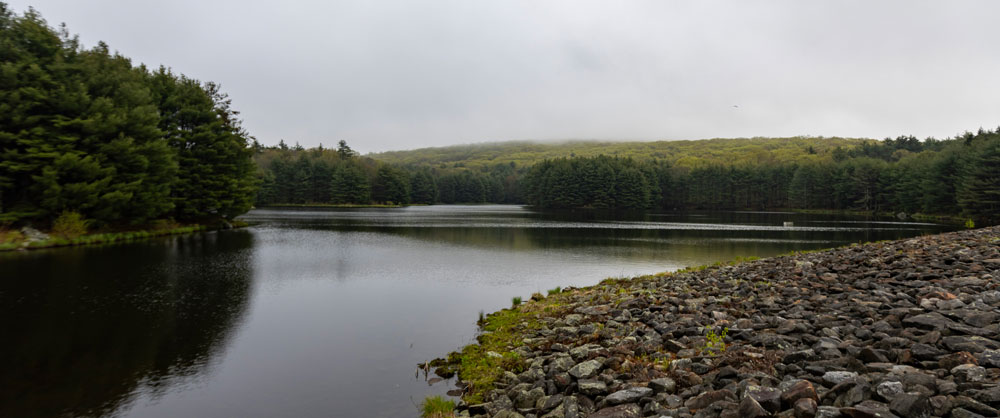Committed to water quality, and you.
The most important thing we do each day is provide you with clean, reliable drinking water you can trust. See water quality reports for all our water systems and find answers to frequently asked questions so that you feel confident about the quality of your water.
We are proud to provide high-quality, reliable drinking water to our customers. To ensure quality, we conduct over 170,000 water quality tests each year, including tests on over 120 water quality parameters.
To view the water quality testing results from your water system, click on your Annual Water Quality Report below, or call our customer service team at 1-800-286-5700.
If you're not sure which water system serves you, you can email your address to us via this form.
The Annual Water Quality Report also includes information about Source Water Assessments done by the Connecticut Department of Public Health (DPH), which is used to assess the susceptibility of water sources to potential contamination.
